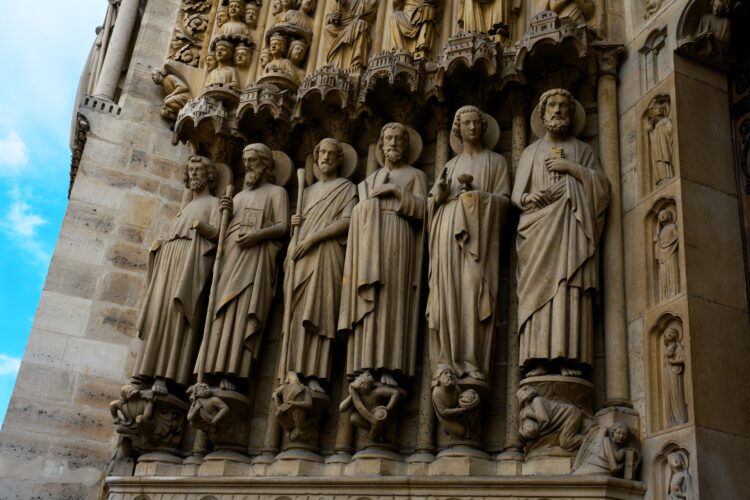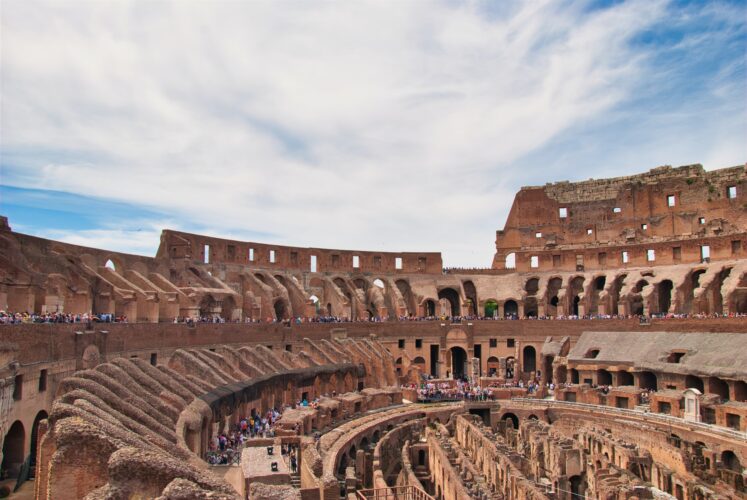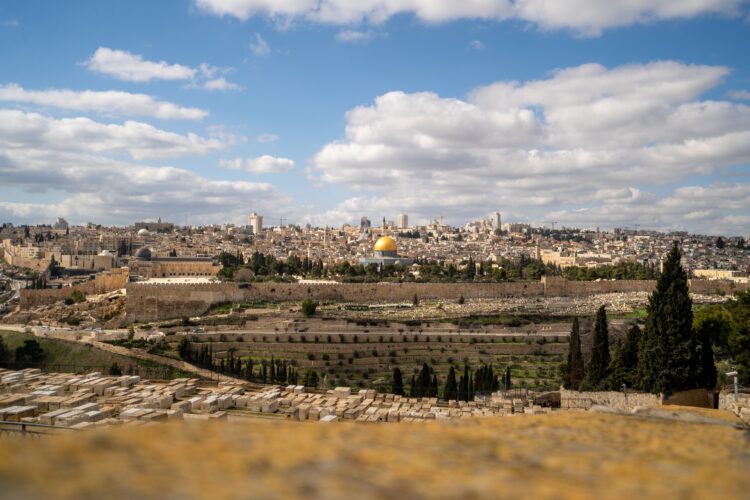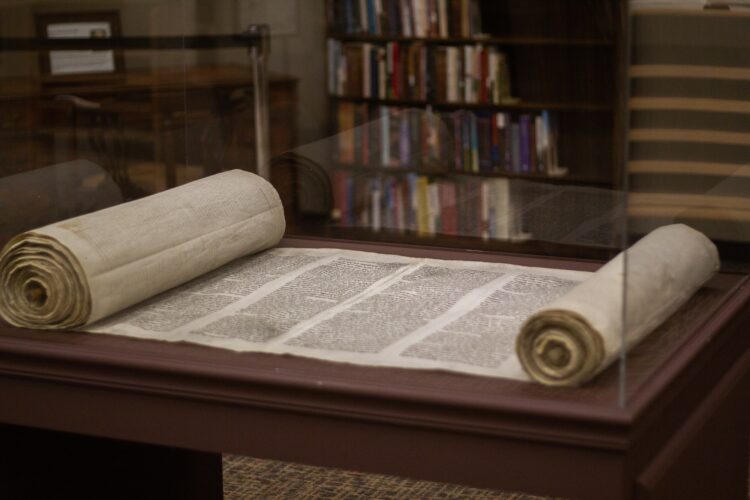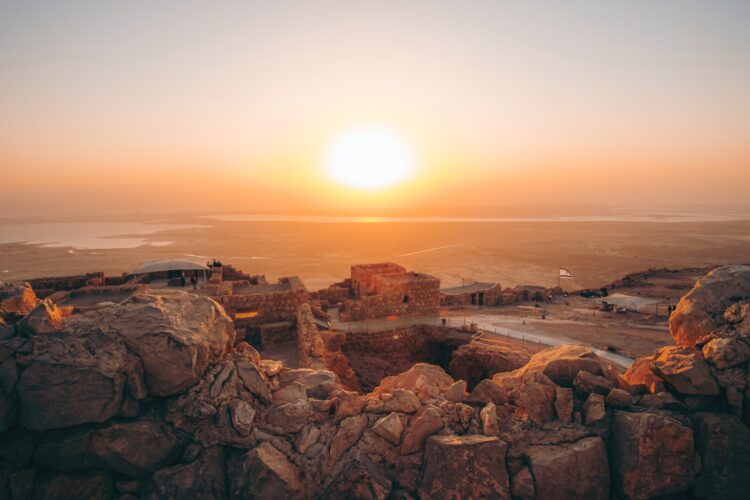There are four books that are at this time are my four chosen books to give to seekers for the truth. I would like to include my book The Biblical World View, An Apologetic. Yes, since I wrote it and gave great effort to it, I think it is a very helpful and comprehensive book, but to pierce the heart, I think the four I name here are amazing. I will make my book #5.
- N. T. Wright, “Surprised by Hope” is an amazing book. It is the best book I have ever read both on the resurrection of Yeshua and on our resurrection and life in the Age to Come. Anglican Bishop Wright is one of today’s top New Testament theologians, presently teaching in the renowned department at St. Andrews University in Scotland. He powerfully presents the evidence that Yeshua rose from the dead. Then he presents the wonderful hope that comes from the fact that our resurrection life is a real bodily life fit for a totally renewed earth. His language attains to a C. S. Lewis level of quality.
- John Burke, “Imagine Heaven” is the most balanced and theologically solid book I have yet read on what is being called “near-death experiences.” The most miraculous of these are clearly death and resurrection experiences, not near-death experiences. The common and different descriptions of heaven, people knowing things that could not be known in the natural, and the transformation of those who have experienced such, is amazing and stirs faith and hope. It is a great book to give to those with terminal illnesses. My best friend from our public high school read it before he died. It gave him and his wife a more vivid hope. The book is proof that the body is not our whole self and that we indeed survive death. It also shows that Yeshua is Lord of heaven and earth.
- Craig Keener, “Miracles Today” is a shortened version with additions of his monumental two large volumes, “Miracles, the Credibility of New Testament Miracles.” The latter is about the same kind of miracles happening today as in the Gospels and Acts. Keener is one of the world’s leading New Testament theologians. He teaches at Asbury Seminary and has written some of the most foundational books in his field. Keener travels the world to document miracles, ones that cannot be naturalistically explained. They are done on the cutting edge of Kingdom expansion. Keener shows that miracles are predominantly and overwhelmingly done in the name and power of Yeshua, confirm the Gospel, and manifest compassion for the sick. The compendium is amazing. Keener’s great capability as a theologian puts this all in a framework of solid biblical theology and interpretation. Dr. Keener is a great gift. This book is like drinking from a fire hose. Wonderful miracle after wonderful miracle is documented, often with medical evidence.
- Thomas Dubay, “The Evidential Power of Beauty.” Dubay was an amazing professor at Catholic University in Washington, D. C. He also was a leader in spiritual retreats. Dubay presents the evidence from creation and how beauty pervades creation, from the fauna and flora to microscopic life to the macroscopic level of the whole universe. His presentation of intelligent design with beauty is one of the best I have read. Then he presents the beauty of Yeshua, his life, his teaching, his death, and resurrection. And finally, he presents the evidence from the lives of the saints. The book can take your breath away. I try to read this book again every year. It is that good
Today’s evidence is much greater by far than in my student days. Taken all together, the evidence and argument for the truth of our faith is amazing. As I said about miracles, the whole evidence as well is like drinking from a fire hose. I wish the evidence available to me in 1968 was like the evidence I now have available. The developments in science in the last 60s years have been very helpful, and now the evidence form the miraculous which two of the books document (#2, and #3 above) is far more than I had in those years.

